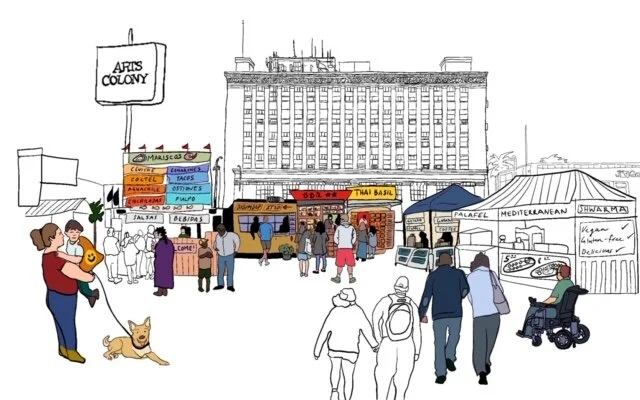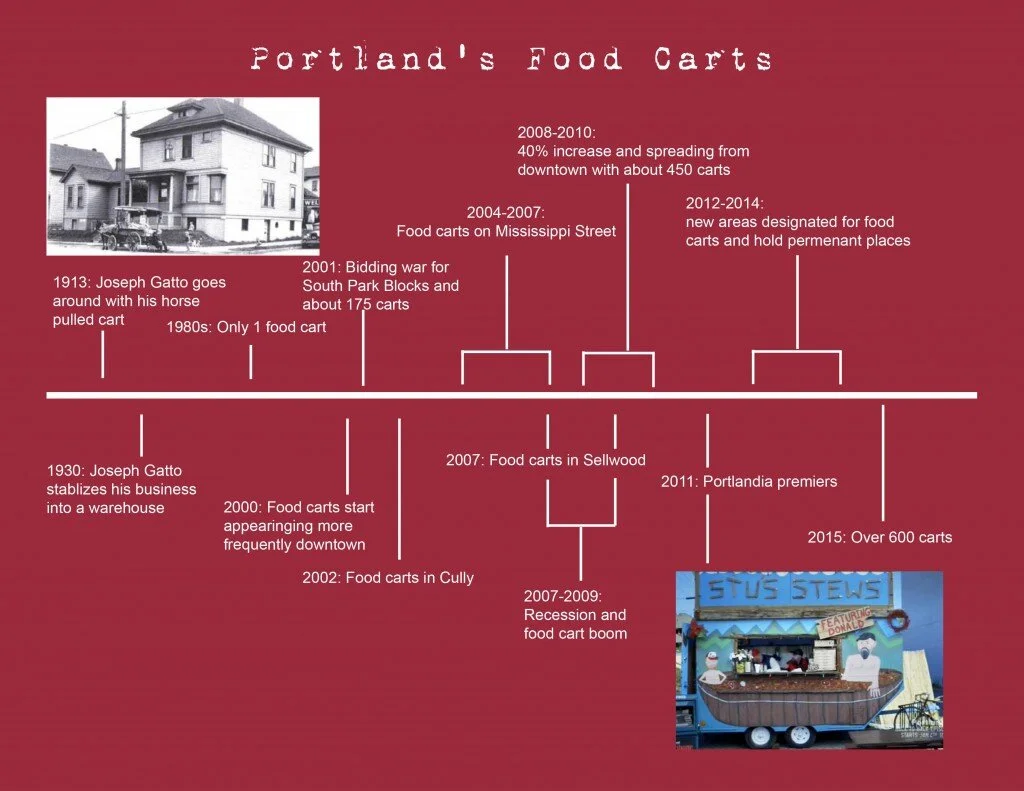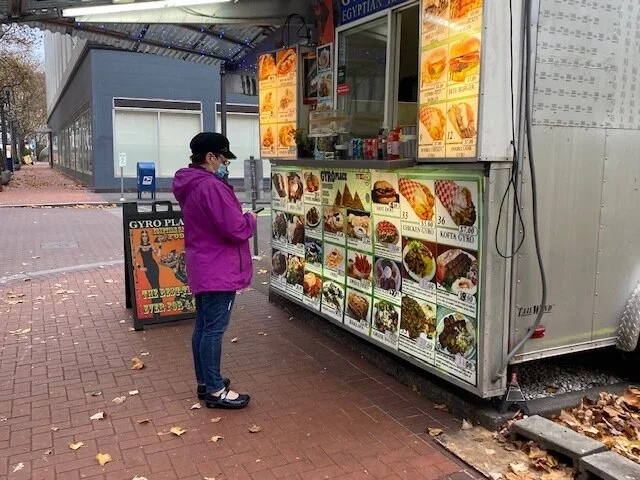How do we re-imagine a city and build a community?
This seems to be the million-dollar question for developers and city council members alike.
By Julian Lucas
Illustration by Rebecca Ustrell
Published 11/23/2020 | 9:38 Am
Let's explore what divides neighborhoods. The over saturation of check cashing, liquor store, and used tire shop businesses that depress and control people, do not build and connect people, in fact, they divide the communities by class and race.
What builds community? People enjoy dining out. Has anyone ever thought of bringing in more restaurants that all people would enjoy? Of course, people have. But a lot of restaurants are expensive. And they often have a bar with loud music blaring. It’s hard to have a good conversation when loud music is playing and the TV screens are flickering in the background. Further, I’ve got to say this - a lot of restaurants in Pomona have become too taco-focused. Don’t get me wrong, I am a strong believer in tacos. In fact, I always come to the defense of street vendors trying to make a living selling tacos. But again, in order to build, we have to appreciate other cultures. If I want Indonesian, Thai, and/or Filipino food, I have to travel outside of the city and spend my money elsewhere, even though this city has the room to embrace the diversity of the community that lives here. What if I wanted to eat Lebanese, Burma, or food from South Africa? Again, I have to drive outside of the city even though the city has the space to embrace other cuisines.
FOOD CARTS AND THE HISTORY
Courtesy of Julian Lucas
Portland OR 2020
Many of us who have resided in cities like Portland have had the opportunity to eat from many food carts. Some, like myself, actually survived from carts as a poor college student attending Portland State University. And yes, that's right, there have always been food carts on the college campus in the South Park blocks of Downtown Portland. These food carts - and other nearby restaurants- were all farm to plate, which was pretty normal - and still is. The food didn’t have a high dollar price tag. You could eat healthy off of $6 for a bowl of chicken and rice, or noodles. I wasn’t paying trendy food prices for ok food to post on the gram, I was paying a reasonable price for fresh food.
HISTORY
Food carts have been around all over the world stretching back into ancient history. Over a century ago. Joseph Gatto, in Portland, started selling food off of his horse-pulled cart in 1910. In the 1930’s, Gatto’s cart business was transformed into a warehouse business that is still in existence. By 2001, Portland was home to about 175 food carts, and the food cart sub-culture continued to expand into Portland’s suburbs. By 2015, 600 food carts were a part of Portland’s food culture. And now, food carts can be seen all over Portland’s downtown area in what would otherwise have been empty lots.
Courtesy of Julian Lucas
Portland OR 2020
In part, the Portland food carts have been successful because the licensing and permits are fair and reasonable. The city of Portland welcomes food carts and has made it fairly simple for the carts to become established. The city enjoys the food in addition to the economic and cultural benefits that come along with having food carts.
Because food carts are relatively small, they can specialize in order to meet their clientele’s dietary needs (vegetarian, vegan, dairy, gluten-free, etc.). It is all about creativity.
Courtesy of Julian Lucas
Portland OR 2020
PLAN OF ACTION
I have seen, read, and heard so many people complain about street vendors, but how can we make this work in our favor? Let’s first embrace something different. Let’s extend fees that are fair. How about providing a space that allows for either rental or owned food carts? Food carts in various areas throughout a city, can actually make a city safer with increased activity.
Those who oppose street vendors often say that they compete with existing brick and mortar businesses, but in actuality they encourage more people to come into the area to eat. Street vendors and brick and mortar restaurants occupy a different niche within a community.
We are all in this together and street vendors are also here, which makes them a part of the conversation. Creating a space for the street vendor means creating a space for encouraging togetherness. It can mean creating safe communal environments without the use of law enforcement.
Links:
Food Carts Portland
Julian Lucas, is fine art photographer and photojournalist. He documented protest against asylum seekers at the US/MX border as an independent journalist in 2014.











